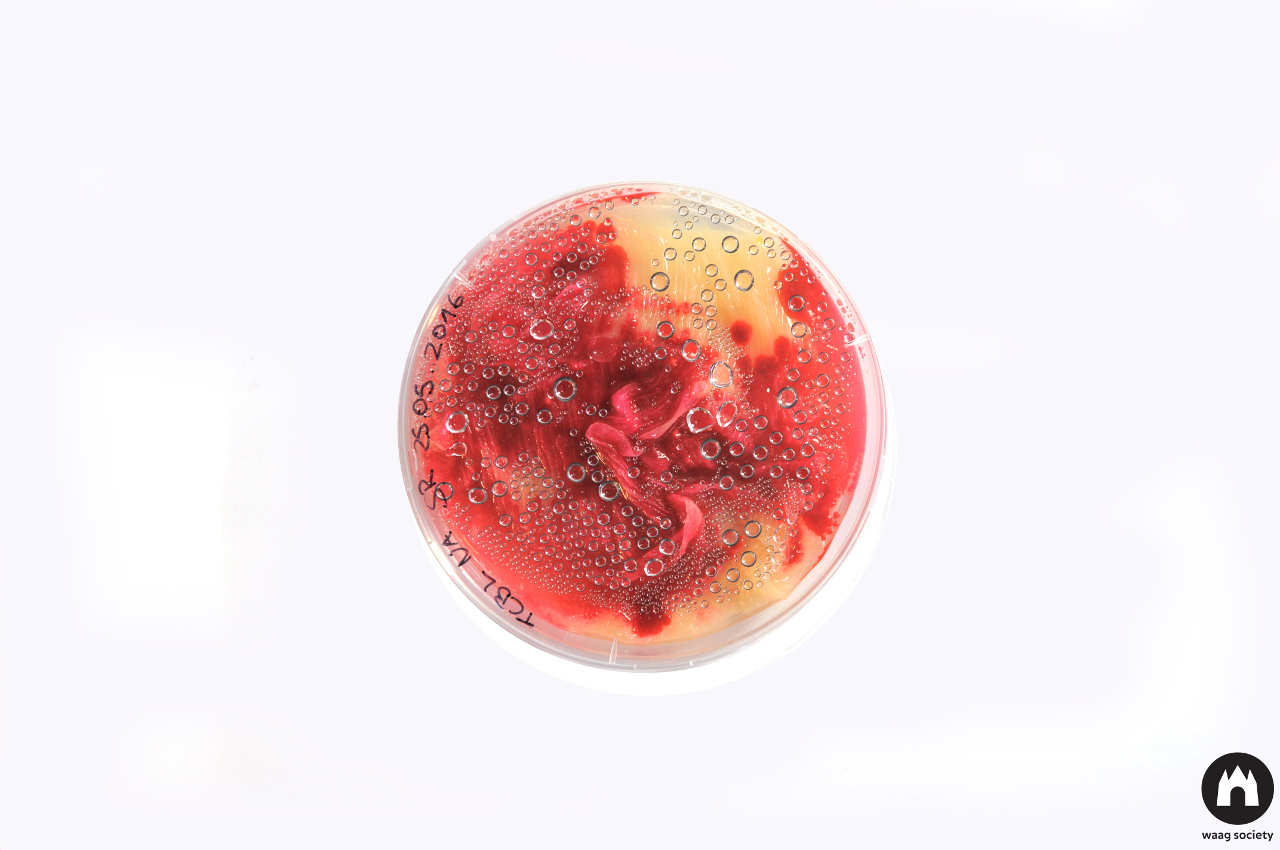Table of Contents
Hands-on: BioDyes - Alternatives for the dyeing industry
Abstract
The textile industry is one of the most polluting in the world, in which one the most environmentally disastrous processes is the dyeing of fibers and textiles of the clothes we wear. Chemicals are released daily in rivers and nature destroying the environment around us to satisfy the colour demands that we create as designers, industry and consumers. Very few options are being explored in this fast changing fashion, clothing and textile industry, and the list of chemical treatments is only expanding. Programs like DETOX from GreenPeace are trying to get attention to this issue, trying to identify the real environmental costs we are paying and asking for more research in this field to substitute chemicals and procedures with less harmful ones.
But what are the options nature has been offering us and we haven't explored yet? In the last couple of years there has been a strong movement in opening up knowledge in microbiology, that has lead to the opening of Open WetLabs, Biolabs and a movement towards biohacking. Programs like our own Biohack Academy at Waag Society or BioAcademy from Academany are changing the rules of this game making this knowledge accessible to a broader public.
At the TextileLab Amsterdam we have been exploring traditional knowledge in natural dyeing and bacterial dyeing, with the aim of combining our heritage and the new possibilities in biotech to find alternatives for this pressing problem.
In this lecture we look at the possibilities this emerging technology can bring us, and question together why this industry hasn't been deploying this solutions industrially.
Tutor
Cecilia Raspanti - TextileLab Amsterdam / FabLab Amsterdam @Waag Society
Class notes
Video
